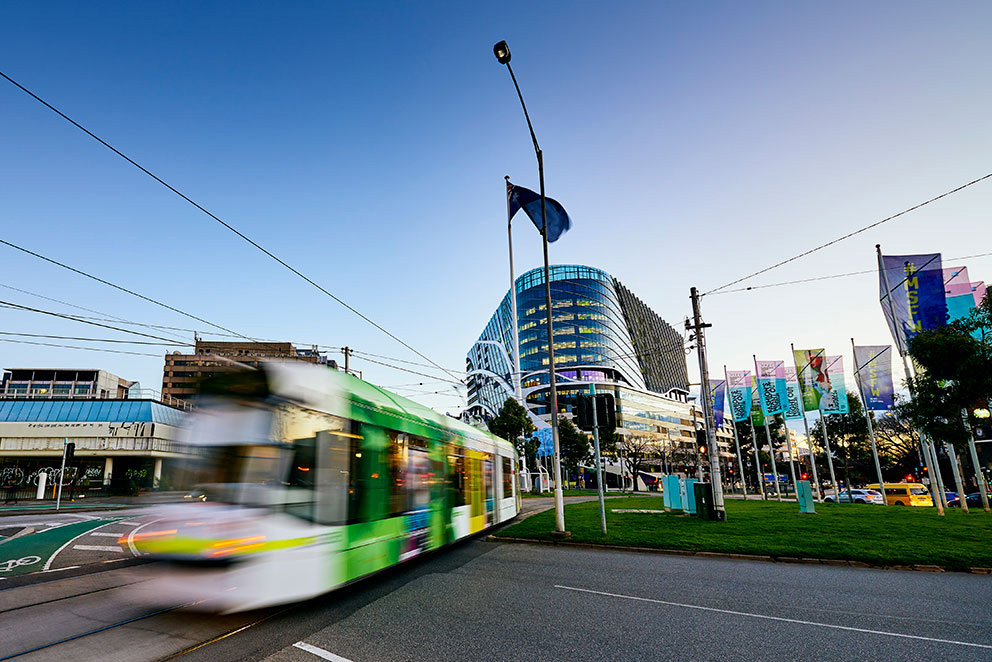Driving with trams
Trams are iconic to Melbourne.
In fact, we have the world's largest operational tram network with 250km of double track that provides over 5000 individual trips every day. Melbourne's tram network is unique, with 75% of pathways shared with other vehicles and road users.
This makes for a more complex road environment, especially if you are unfamiliar with sharing the road with trams.


